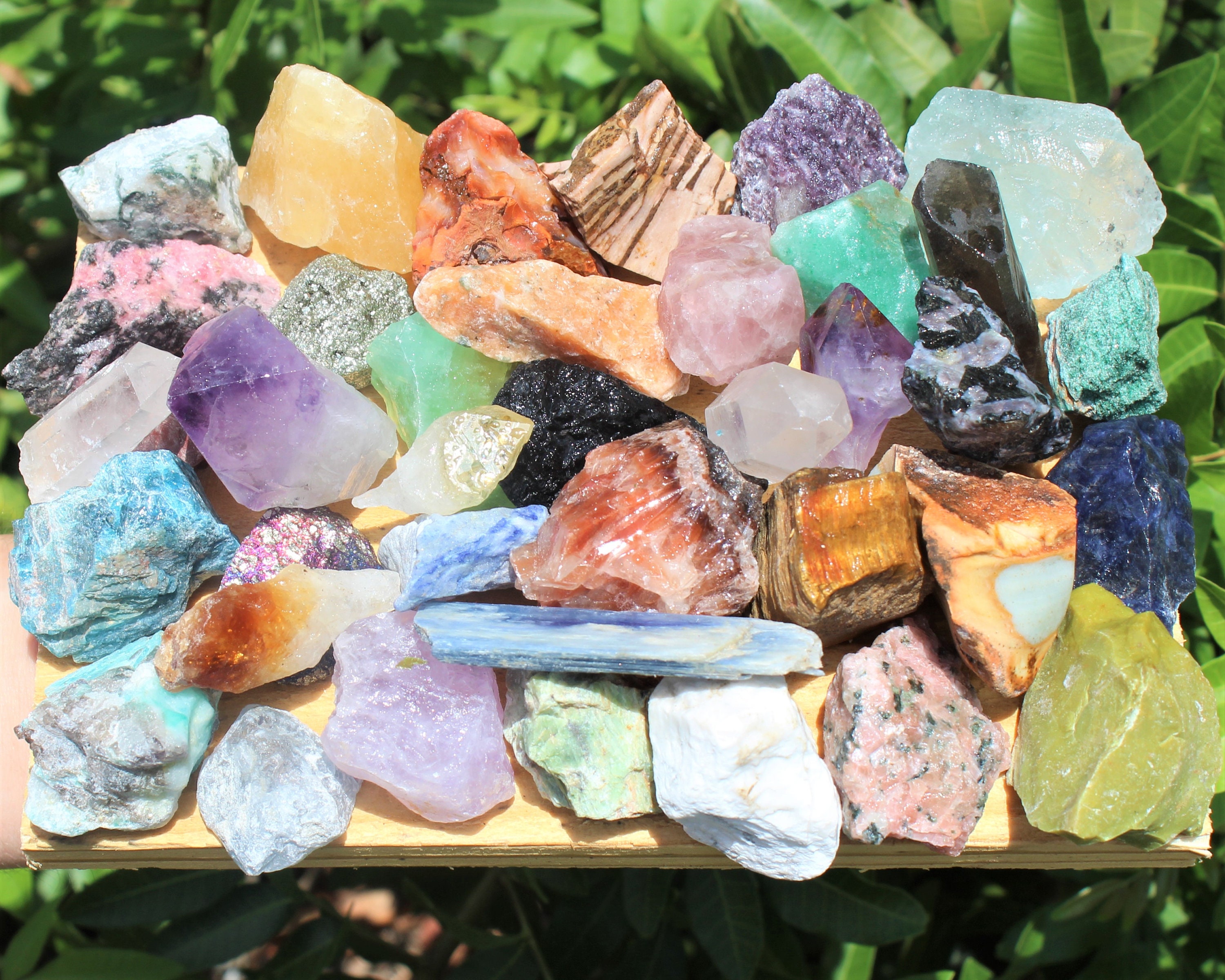

Alexandrite also owes its colour to the presence of trace amounts of chromium.įigure 2. It is green in natural or fluorescent light and is red in incandescent light. Alexandrite (gem variety of chrysoberyl) is one of the rarest gems and is unusual in that it changes colour. The green colour of emerald is the result of chromium and/or vanadium, green in tourmaline is also due to chromium, whereas aquamarine owes its colour to iron and rubellite's pink colour is likely due to the presence of magnesium. Naturally occurring colour is usually due to the presence of impurities. The gem industry commonly heat treats or irradiates minerals to impart or enhance colour in minerals. There are several reason why gemstones have their colour. It will be shown below that Cr is in fact very important to the formation of many gem deposits, so extensive crystallization alone will not result in the formation of a gem pegmatite. Many elements, such as chromium readily substitute into certain minerals and thus crystallization will result in the impoverishment of these elements. It is important to note that not all elements build in concentration in the melt as minerals crystallize. These elements do not easily substitute into the major rock-forming minerals (quartz, feldspar, biotite etc.), therefore granitic melts that have undergone extensive crystallization will have high concentrations of the gem elements' lithium, beryllium, boron and fluorine, as well as rare metals' which also do not easily substitute into crystals, e.g., tantalum, niobium and tin. Part of the explanation is that the gems emerald, aquamarine and alexandrite are beryllium minerals, tourmaline is a boron mineral and gem quality tourmaline also contains lithium, and topaz a fluorine mineral. The question of why some pegmatites contain gems whereas others do not is also the subject of debate. The high concentrations of these fluxing elements also increases diffusivities in the melt, allowing cations to move more quickly to sites of growing crystals, and this results in the growth of very large crystals. However, the most widely accepted origin is that the crystals grow from water-rich melts, that are also rich in fluxing elements (elements that lower the melting temperature of silicate minerals) such as boron, fluorine and phosphorous. The origin of pegmatite and the explanation of how crystals grow so large are controversial. An example of how large the crystals can be is shown by Figure 1, where the K-feldspar (potassium-feldspar) crystal is roughly 3m long and the beryl in Figure 2 is about 0.7 m across. Generally these rocks are igneous in origin and are most commonly granitic in composition. This texture is a rock with variable crystal sizes including some very large crystals'. Strictly speaking pegmatites are not actually a type of rock, but instead are the description of a texture. Ipe pegmatite with large orthoclase (K-feldpar) and mica crystals. This article will first provide some background on the origin of pegmatites, then look at some specific deposits and how they came to contain gems.įigure 1.


These gems are commonly associated with pegmatites and several of these deposits were the subject of a field trip sponsored by the 31st International Geological Congress in 2001. This area produces emerald, aquamarine, rubellite (pink tourmaline), green tourmaline, imperial topaz, alexandrite and amazonite.

Some of the most spectacular gems come from the region near the city of Belo Horizonte, in the state of Minas Gerais. Of course many of the mines in Brazil are modern operations, owned by mining companies, similar to Canada.
#GEMS AND MINERALS MANUAL#
If a mineral deposit is found in an area where no exploration license has been granted then prospectors, called garimpeiros, can mine the area using manual tools to extract the minerals. Mining is very much a part of the Brazilian culture and prospecting is a way of life for many people. Brazil produces the greatest variety of gems and semi-precious stones in the world, including diamonds, emeralds and amethyst.


 0 kommentar(er)
0 kommentar(er)
